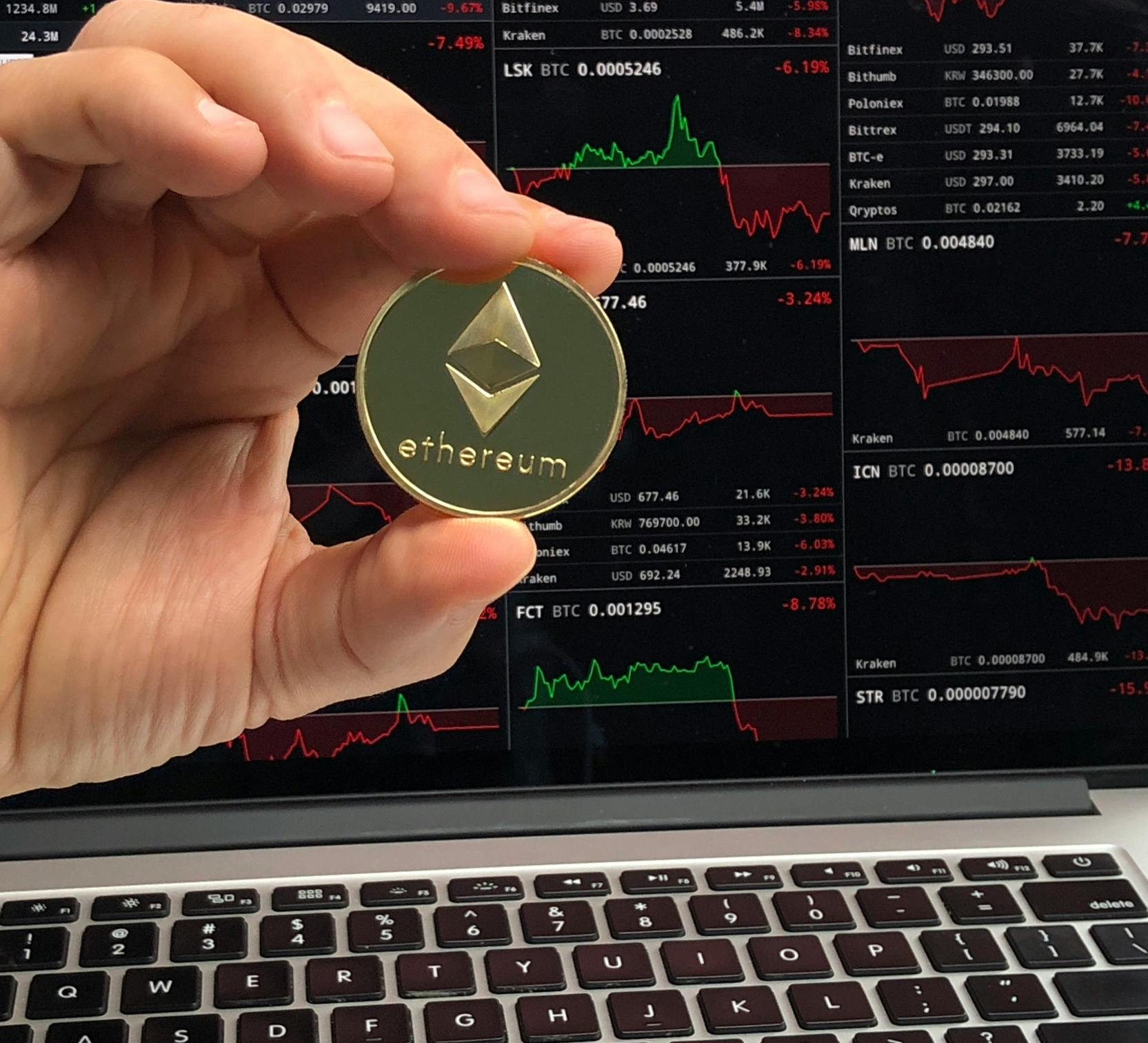The digital frontier has grown much stronger, and nothing can compare to the riveting works on tokenizing real-world assets (RWAs) on the Ethereum blockchain. Transforming anything from real estate to commodities, even precious art, into digital tokens is opening many opportunities for investments and ownership. Indeed, with its excellent smart contract capabilities, Ethereum is that frontrunner in revolutionizing this world.
The Tokenization Process: Bringing Tangible Assets to the Blockchain
- Increased Liquidity: RWA tokenization fundamentally creates digital proxies for assets in the physical world on a blockchain. Tokenization signifies the issuance of tokens in order to represent titles or other rights over the underlying asset. For instance:
- Real estate: One real estate entity could be broken down into numerous tokens, all fractions of ownership in this instance. Thus, fractional ownership exists, making real estate investment much easier.
- Commodity: Tokenization could be employed in trading gold, trading oil, or trading agricultural commodities, providing a process for trading the underlying asset all on blockchain in the most clear and efficient way.
- Art: High-value pieces of art could be tokenized, allowing for fractional ownership and providing an avenue to democratize access to the art market.
- Smart contracts running on Ethereum are a key part of this process. Such contracts can stipulate the rules and conditions under which each asset is treated with respect to these requirements, ensuring transparency and inviolability. They can take charge of ownership transfers, payment of dividends, and other functions, thus eliminating intermediaries from the equation. Traditionally illiquid assets, such as real estate, can become more liquid through tokenization. Tokens can be traded on digital exchanges, allowing for faster and more efficient transactions.
Benefits of RWA Tokenization: Unlocking New Opportunities
The tokenization of RWAs offers numerous advantages:
- Fractional Ownership: Tokenization enables fractional ownership, making high-value assets accessible to a broader range of investors. This democratizes investment opportunities, allowing individuals to participate in markets previously reserved for the wealthy.
- Enhanced Transparency: Blockchain technology provides a transparent and immutable record of ownership and transactions. This reduces the risk of fraud and increases trust among investors.
- Reduced Costs: By eliminating intermediaries and automating processes, tokenization can significantly reduce transaction costs.
- Global Accessibility: Tokens can be traded globally, opening up investment opportunities to a wider audience. This breaks down geographical barriers and creates a more inclusive market.
Regulatory Challenges and Opportunities: Navigating the Legal Landscape
- While RWA tokenization offers immense potential, it also presents regulatory challenges. The legal framework surrounding digital assets is still evolving, and regulations vary across jurisdictions.
- Securities Laws: Many RWAs, particularly those representing ownership or equity, may be classified as securities. This means they are subject to securities laws, which can impose strict compliance requirements.
- KYC/AML Regulations: Know Your Customer (KYC) and Anti-Money Laundering (AML) regulations apply to digital asset transactions. Tokenization platforms must implement robust KYC/AML procedures to prevent illicit activities.
- Property Rights: Tokenizing real estate raises complex questions about property rights and legal ownership. Clear legal frameworks are needed to define the rights and obligations of token holders.
- Cross-Border Regulations: The global nature of digital assets necessitates international cooperation to harmonize regulations and prevent regulatory arbitrage.
- Despite these challenges, there are also significant opportunities. Regulators are increasingly recognizing the potential of blockchain technology and are working to create frameworks that foster innovation while protecting investors.
The Future of RWA Tokenization: A Transformative Force
Similar to most systems and technologies, real-world assets (RWA) tokenization is about to change industries by becoming gradually adopted within organizations as advancements in technology and clarity in regulations on what can and cannot be tokenized will clearly bring diverse assets into the general treasury for tokenization.
Some of this bears great reflection on the growing interest in digital assets, congratulations-I just wrote a little bit about ” How Layer 2 Solutions Are Revolutionizing Ethereum Scalability“, where we have discussed the solutions are revolutionizing Ethereum scalability. The coming together of conventional and digital financial markets is underway, and RWA tokenization will play a key role in this transformation.
FAQs:
Q: What are Real-World Assets (RWAs)?
A: RWAs are tangible assets that exist in the physical world, such as real estate, commodities, and art.
Q: How does Ethereum facilitate the tokenization of RWAs?
A: Ethereum’s smart contract capabilities allow for the issuance of digital tokens representing ownership or rights to RWAs and these contracts automate the rules and conditions related to the asset.
Q: What are the benefits of fractional ownership?
A: Fractional ownership brings high-value assets closer to many investors; it lets them participate in markets that in the past were only for the rich.
Q: What regulatory challenges are involved in RWA tokenization?
A: Regulatory challenges include securities law compliance; KYC/AML compliance; for example, defining property rights.
Q: How does RWA tokenization enhance liquidity?
A: Tokenization promotes the trading of illiquid assets on digital exchanges to make them liquid and tradeable by a handful of investors.
Q: What are some possible use cases for RWA tokenization?
A: Use cases could include real estate, commodities, art, intellectual property, and supply chain management.
Q: How does blockchain increase transparency in RWA transactions?
A: Its immutable and transparent nature allows to record ownership and transactions and helps reduce fraud.
Q: What do smart contracts do in RWA tokenization?
A: Smart contracts automatically implement the rules and conditions associated with the asset, ensuring transparency and security.
Q: How does RWA tokenization democratize investment opportunities?
A: Tokenization allows fractional ownership, which, combined with the lowered costs, gives a far wider range of investors access to high-value assets.
Q: What do you think RWA tokenization means for the traditional financial markets?
A: The RWA tokenization is to revolutionize traditional financial markets to bring in more liquidity, transparency, and accessibility.

